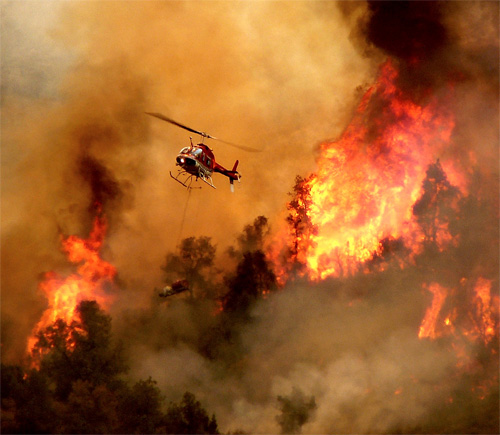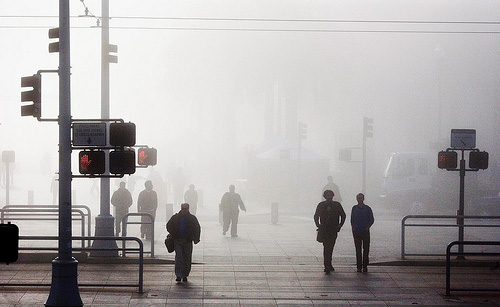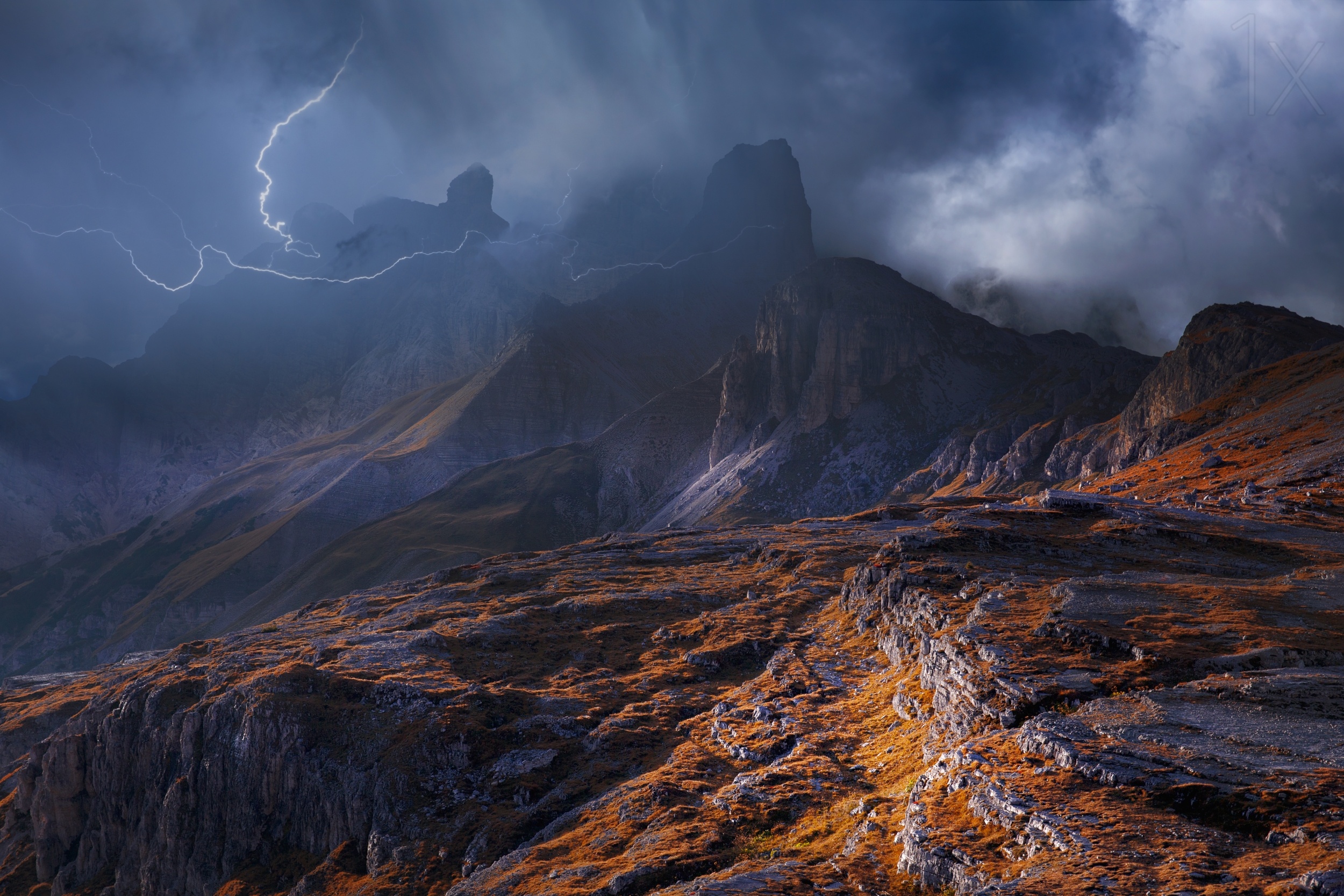Photographic Standard: How to Critique Your Own Photos |  |
- Photographic Standard: How to Critique Your Own Photos
- Asked To Check Your Camera Bag at the Gate Before Boarding? Just Say No. (Video)
- Interesting Photo of the Day: Italy’s Mystical Dolomites
- Photographer’s Magical Portraits Bring Sick Kids’ Dreams to Life (Video)
| Photographic Standard: How to Critique Your Own Photos Posted: 20 Apr 2014 06:43 PM PDT It has been that said the most difficult thing for man to do is to judge his or her creative work, objectively. Be honest, can you tell when your work seems to be missing something? More importantly do you know what it is that’s missing? You can only improve your photos if you set a high photo standard to compare yourself against. When Time-Life selected 250 photos for the Great Photographers volume of their Time-Life Photography series; they chose 68 photographers out of thousands. Those editors defined “great” photographers based on three main factors. 3 Characteristics of a Great PhotographerThe first factor was intent. What did the photographer have in mind when he took the photo, and did he achieve it? For example, did the photographer successfully make the viewer feel empathy when taking pictures of survivors of a major natural disaster? The second factor was technical skill. Did the photographer show a thorough understanding of composition, light, exposure, and design? The final factor was consistency. Did the photographer have just one or two great shots, or did they produce success time and time again? One great photo . . . or even several . . . does not a great photographer make. Intent, skill, and consistency are the same three factors that will determine your own greatness. Study the masters like Ansel Adams, Edward Weston, Imogene Cunningham, and Diana Arbus, and you will see these three factors again and again. But the question remains, how do you get from where you are now to that level? Have you ever heard the phrase, “being your own worse critic?” By the very nature of the words being used, most people tend to think of that as a negative phrase, when in reality, nothing could be further from the truth. To learn and grow in photography, you have to be strong enough to admit what does and does not work in your photos. To that end, here is a strength and weakness checklist for you to use when reviewing your own photographs. It’s not complicated, just look at your photo and mark whether it is strong or weak. There is no middle gray; your image either succeeds or it does not. Once you know your weaknesses you can work on improving in those areas. Photo Critique Checklist1. Intent – Could any viewer look at this photo and KNOW what you had in mind? 2. Emotional Impact – Can this photo be described with words of emotion, like peace, calmness, anger, rage, joy, or sadness? Does your photo make an emotional statement? 3. Center of interest – When composing your images do you successfully direct your viewer’s attention to a specific point? Would the viewer know where your center of interest is? 4. Illusion of depth – Have you used framing, balance, contrast, and other art concepts to make your image jump off the page, or does it just sit there? 5. Subject/background contrast – Shooting a portrait of someone with black hair against a black background in not usually a good idea. Does your subject stand out? 6. Personal style – Ansel Adams was known for extreme illusion of depth and all planes in very sharp focus. Jim Zuckerman is known for vibrant colors and simplified subjects within their natural setting. Henri Cartier-Bresson once said, “There is nothing in this world that does not have a decisive moment.” How will others describe your unique approach? 7. Selective focus – Do you choose where the viewer will look? If the background is just as sharp as the foreground, things can become very visually confusing. 8. Composition – Do you consistently use the rule of thirds, formal or informal balance, and leading lines? Take control of where the viewer’s eyes are most likely to fall in your image. 9. Exposure – Do you always shoot at whatever the camera says, or do you take control of the light? Can you see details in your shadows? Have you ever used a reflector or bounced a flash as opposed to straight on? 10. Story telling – Is there a feeling of movement within your image, or does it just sit there? Does it leave anything to the imagination, or is it just a statement of what is? If your image doesn’t tell a story, there is no reason to give it a second glance. Great photos make you want to look again and again. Use this checklist A) to see where you are at the moment and B) to see where your work is going in the future. Having a photographic standard is like having a road map. It is possible to get from here to there without one . . . but it’s a whole lot easier with one. Knowing what areas you need to improve is the first step in becoming a better photographer. About the Author: Go to full article: Photographic Standard: How to Critique Your Own Photos |
| Asked To Check Your Camera Bag at the Gate Before Boarding? Just Say No. (Video) Posted: 20 Apr 2014 05:20 PM PDT When flying, I always pack my electronics and fragile camera equipment in my carry-on luggage, with the assumption that it will be safer and treated with a little more respect than some of the checked baggage I see get tossed around and beat up by exhausted airline workers. I’m always a little panic stricken when asked to check my carry-on at the gate because of a lack of space in the overhead containers. Up until now, that fear seemed a little unjust but, as it turns out, travelers should have a little anxiety when asked to trust someone else with their precious cargo: Ouch. The video, which was filmed by Air Canada patron, Dwayne Stewart, shows a baggage handler dropping gate checked luggage approximately 15 feet from the top of a movable stairway into a container below. Air Canada insists its protocol is to have each bag walked down the stairs into the container, not dropped. (Via PetaPixel and CBC News)  Carry On Luggage Being Dropped Off Movable Stairs Accusations, of course, are flying around the internet with equal amounts of people blaming either the baggage handlers or Air Canada. Regardless of who is at fault, one thing is for sure: be careful when packing your photo gear, and be even more careful when trusting others with its safety! Go to full article: Asked To Check Your Camera Bag at the Gate Before Boarding? Just Say No. (Video) |
| Interesting Photo of the Day: Italy’s Mystical Dolomites Posted: 20 Apr 2014 03:25 PM PDT The Dolomites, found in Italy’s northern Alps, are 18 mind-boggling peaks of vertical rock walls, steeples, densely packed valleys and hidden fossils that evidence Mesozoic systems from 250 million years ago, protected by the UNESCO World Heritage Convention. Prone to landslides and floods, the Dolomites are no strangers to tempestuous weather; with a little patience, German photographer Franz Schumacher captured a lightning storm there to fantastic effect: It’s a remarkable shot that’s truly all in the timing. The lighting is perfectly balanced and the golden foreground contrasts the deep stormy blues wonderfully. To catch the moment, Schumacher likely either used a multiple exposure blend, a natural density filter combined with a long exposure, or a lightning trigger; none of these techniques are very difficult to pull off, especially if you already own the gear. But finding the right location and framing the shot perfectly are what count: that’s how you get a stunning example of dramatic landscape photography. Go to full article: Interesting Photo of the Day: Italy’s Mystical Dolomites |
| Photographer’s Magical Portraits Bring Sick Kids’ Dreams to Life (Video) Posted: 20 Apr 2014 12:44 PM PDT It all starts with a drawing. Ideally rendered with crayon, markers, or colored pencils, the drawing features an imaginative scene with the artist depicted as the hero. Perhaps the artist fancies himself a dragon tamer or the lord of a castle under siege; perhaps she is a pirate raiding a secret treasure cove or a faerie fluttering through a field of wildflowers. Whatever the dream, photographer Shawn Van Daele can make it a reality. The possibilities are endless because—as Van Daele loves to tell the terminally ill children he photographs in his Drawing Hope Project—anything is possible. In the following video, ABC reports on Van Daele’s inspiring portrait project wherein he creates simple portraits of sick kids and transforms them into inspiring, surreal images based on the kids’ artworks: It was an illness in his own family that caused Van Daele to realize that he could use a surrealist eye to pour a little magic—and hope—into the lives of sick children and their families. What cheered his ailing father would certainly delight ailing little ones. But while Van Daele has brought a lot more than just a “little” joy into the lives of the families he has worked with, he admits that the kids have brought loads more of the stuff into his.
Here are some of the dreams that Van Daele has made into realities:
Anyone with a child battling a health condition can submit a drawing and personal story on the Drawing Hope website to participate in the project free of charge. As Van Daele travels, he contacts families who have submitted information near those areas and coordinates photo shoots. Go to full article: Photographer’s Magical Portraits Bring Sick Kids’ Dreams to Life (Video) |
| You are subscribed to email updates from PictureCorrect Photography Tips To stop receiving these emails, you may unsubscribe now. | Email delivery powered by Google |
| Google Inc., 20 West Kinzie, Chicago IL USA 60610 | |







No comments:
Post a Comment